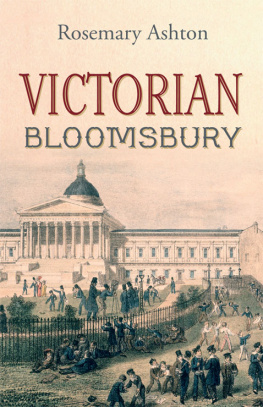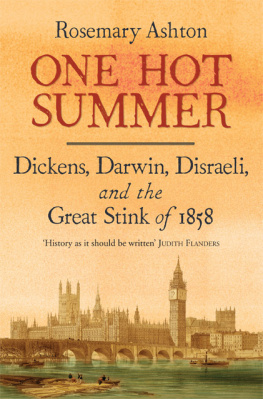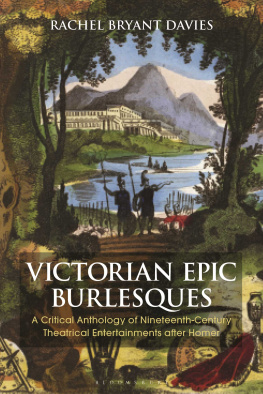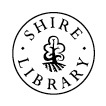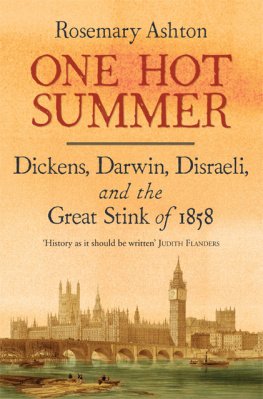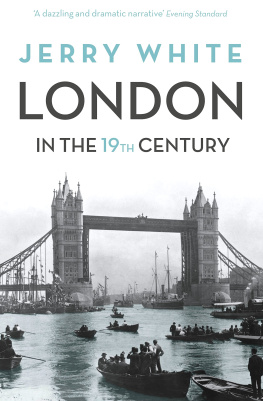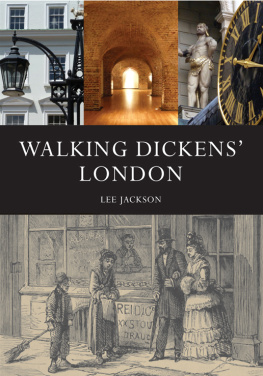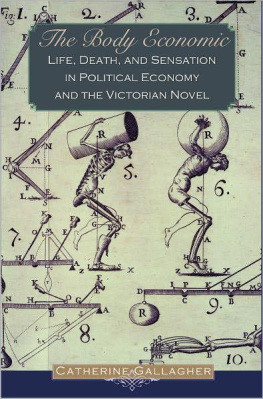


Copyright 2012 Rosemary Ashton
The right of Rosemary Ashton to be identified as Proprietor of this work has been asserted by her in accordance with the Copyright, Designs and Patents Act 1988.
All rights reserved. This book may not be reproduced in whole or in part, in any form (beyond that copying permitted by Sections 107 and 108 of the U.S. Copyright Law and except by reviewers for the public press) without written permission from the publishers.
For information about this and other Yale University Press publications, please contact:
U.S. Office:
Europe Office:
Set in Adobe Caslon Pro by IDSUK (DataConnection) Ltd
Printed in Great Britain by TJ International Ltd, Padstow, Cornwall
Library of Congress Cataloging-in-Publication Data
Ashton, Rosemary, 1947
Victorian Bloomsbury / Rosemary Ashton.
p. cm.
Includes bibliographical references and index.
ISBN 978-0-300-15447-4 (cl : alk. paper)
1. Bloomsbury (London, England)History19th century. 2. Bloomsbury (London, England)Buildings, structures, etc. 3. London (England)History19th century. 4. London (England)Buildings, structures, etc. 5. BuildingsEnglandLondon. I. Title.
DA685.B65A84 2012
2012009771
A catalogue record for this book is available from the British Library.
10 9 8 7 6 5 4 3 2 1

Contents

Illustrations
Map of London comprising the estates of the Duke of Bedford, 1795. Reproduced by courtesy of UCL Library Services, Special Collections.
C. and J. Greenwood, Map of London from an Actual Survey made in the Years 1824, 1825 and 1826, 1827. Reproduced by courtesy of UCL Library Services, Special Collections.
Spiridione Gambardella, Henry Brougham. Reproduced by courtesy of the University of London.
Clothed skeleton of Jeremy Bentham in its box in University College London. Reproduced by courtesy of UCL Library Services, Special Collections.
Robert Cruikshank, The Political, Toy-Man, July 1825. Reproduced by courtesy of UCL Library Services, Special Collections.
C.W. Radcliffe, lithograph, London University College, October 1828. Reproduced by courtesy of UCL Art Museum.
No. 12 Upper Gower Street. Reproduced by courtesy of UCL Library Services, Special Collections.
Hablot Knight Browne (Phiz), The Valentine, illustration to chapter 33 of Dickens's Pickwick Papers, 18367. Reproduced by courtesy of the Charles Dickens Museum, London.
Robert Seymour, Patent Penny Knowledge Mill, October 1832. Reproduced by courtesy of the Trustees of the British Museum.
Edith Fortune Tita De Lisle, Dionysius Lardner, posthumous portrait from an earlier drawing and a photograph, given to the National Portrait Gallery in 1896 by Lardner's son George. National Portrait Gallery, London.
Robert Seymour, King's College versus London University, or Which is the Weightiest, 1828. Reproduced by courtesy of King's College London.
George Scharf, engraving of the University of London School playground, 1833. Reproduced by courtesy of UCL Art Museum.
Pamphlet, A Full Discovery of the Strange Practices of Dr. Elliotson, 1842. Reproduced by courtesy of the Wellcome Library, London.
Ernest Board, Robert Liston Operating, December 1846, c.1912. Reproduced by courtesy of the Wellcome Library, London.
Edward Middleton Barry, design for a new block for Great Ormond Street Hospital, c.1871. Reproduced by courtesy of the Museum & Archives Service, Great Ormond Street Hospital for Children NHS Trust.
Engraving after Thomas Hosmer Shepherd of the original British Museum building, Montagu House in Great Russell Street, 182931. Reproduced by courtesy of the Trustees of the British Museum.
William Smith, The British Museum, printed by Day & Co., 1852. Reproduced by courtesy of the Trustees of the British Museum.
Carlo Pellegrini, sketch of Sir Anthony Panizzi, Vanity Fair, 1874. Reproduced by courtesy of Look and Learn/Peter Jackson London Collection.
Unknown, Reception of Nineveh Sculptures at the British Museum, Illustrated London News, 8 February 1852. Reproduced by courtesy of Look and Learn/Peter Jackson London Collection.
George Shepherd, St George's, Bloomsbury, 1811. Reproduced by courtesy of the London Metropolitan Archives.
Unknown, Picturesque Sketches of London.The Rookery, St. Giles's, Illustrated London News, 22 September 1849. Reproduced by courtesy of Senate House Library, University of London.
Henry Meyer after Andrew Robertson, Edward Irving, 1823. Reproduced by courtesy of the Regent Square United Reformed Church (Lumen).
Unknown, Eleven of the twelve apostles of the Catholic Apostolic Church, in Gathered Under Apostles: A Study of the Catholic Apostolic Church by Columba Graham Flegg, 1992. By permission of Oxford University Press.
Catholic Apostolic Church, Gordon Square. Reproduced by courtesy of Tom Ue.
Catherine Ward, Russell House (left), Bedford House (centre), and Tavistock House (right), 1900. Reproduced by courtesy of the Charles Dickens Museum, London.
William Holl, engraving from a photograph by Maull & Co, Henry Crabb Robinson, 1861. Reproduced by courtesy of UCL Library Services, Special Collections.
Thomas Donaldson, design for University Hall (now Dr Williams's Library), Gordon Square, 1848. Reproduced by courtesy of the Trustees of Dr Williams's Library.
F.M. Simpson, design for the decoration of Flaxman Gallery, University College London, c.1922. Reproduced by courtesy of UCL Library Services, Special Collections.
Photograph of the Flaxman Gallery, showing John Flaxman's model for his sculpture St Michael Overcoming Satan, University College London. Reproduced by courtesy of UCL Library Services, Special Collections.
Interior of the Church of Humanity, Chapel Street (now Rugby Street). Reproduced by courtesy of the Library of the London School of Economics and Political Science.
Henry Morley, c.1847. Reproduced by courtesy of the Charles Dickens Museum, London.
Edward Matthew Ward, portrait of Dickens in his study in Tavistock House, 1854. Reproduced by courtesy of the Charles Dickens Museum, London.
The Ladies College, 47 (now 48) Bedford Square. Reproduced by courtesy of Archives, Royal Holloway, University of London.
Elisabeth Jesser Reid. Reproduced by courtesy of Archives, Royal Holloway, University of London.
Colonnade, off Herbrand Street, London. Reproduced by courtesy of Tom Ue.
Nos 42 and 43 Queen Square. Reproduced by courtesy of Tom Ue.
Female students at the Slade School of Art, University College London, early twentieth century. Reproduced by courtesy of UCL Library Services, Special Collections.
Elizabeth Garrett, c.1865. Reproduced by courtesy of the Royal Free Hampstead NHS Trust.
Unknown, Aquatint of Queen Square, published in Ackermann's
Next page
